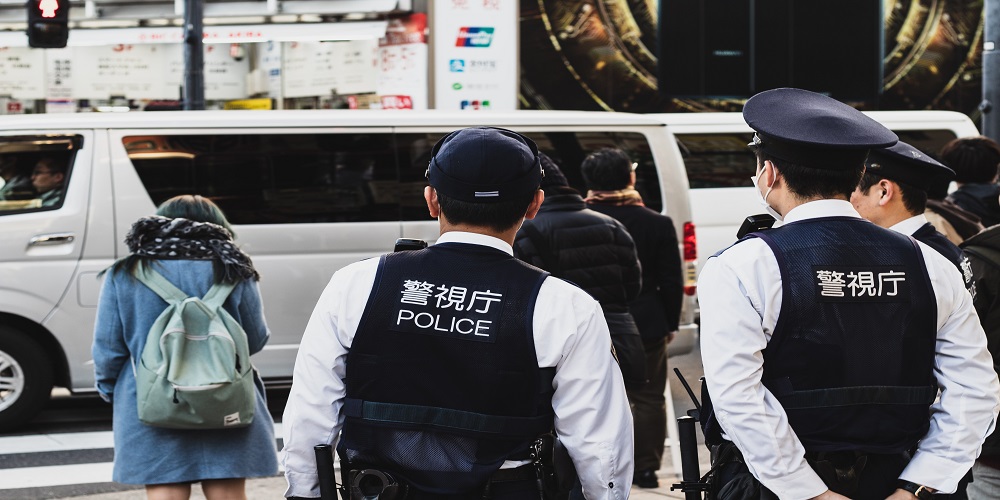Police line-ups are an overused TV trope. We all know they exist in real life, but are they really as effective as shown in TV and cinema? You’d be surprised to learn how different they are in reality!
Let’s find out how effective police line-ups really are – if at all.

The importance of a line-up
Police line-ups are a tool to create evidence in criminal cases. The setup is simple: the victim sees a few people through a one-way mirror together.
One of these might be the culprit and the others are fillers who resemble the personality or physical traits of the suspect’s description – often under doubt from the police of having committed the crime or ones with a bad record.
A DA and a defence attorney are also present during a line-up and any statements and identification or confirmation are recorded clearly. Once an identification is made, it’s pretty much jail time regardless of any other evidence.
But what would surprise you to learn is that Innocence Project, an organization that aims to use DNA analysis to free wrongfully convicted people, found that 75% of wrongful convictions are due to eyewitness misidentification during police line-ups or photo arrays.
The organization’s policy director, Stephen Saloom also wrote on eyewitness misidentifications and their ramifications. Just because the victim failed to identify the correct perpetrator, an innocent was jailed more often than due to any other reason.
Types of line-ups and their accuracies
Three are three main types of police line-ups – each newer than the other and more accurate, at least on paper.
Let’s talk about each of these.
1. Simultaneous line-ups
In a simultaneous line-up, the police officer presents individuals together to the witness. The officer then provides some instructions. The witness then takes their time to identify the culprit from behind a one-way mirror.
Identification actions such as positions and speech are relayed to the individuals to better aid the witness in identifying the suspect.
The inaccuracy here is because of the fact that the officer also doesn’t know who’s the culprit. The “double-blind” nature of this experiment creates a lot of uncertainty. Not all crimes are committed in broad daylight and witnesses are not always close to the suspects to properly identify them.
Additionally, the ability to recall faces or remember facial features varies wildly from person to person. Relying on such a double-blind line-up as this is therefore highly inaccurate – but in a lot of crimes, the only substantial evidence.
2. Sequential line-ups
Sequential line-ups are more accurate than traditional line-ups. In a sequential line-up, the witness is shown individuals one at a time. This allows the witness to take a better call because the scope of comparison and incidental confusion is less.
3. Multiple-identification line-ups
This one is so far the most accurate of the three. In multiple-identification line-ups, photos are presented sequentially part by part. For example, the witness first only sees the faces of all individuals, then listens to the tape recordings of them all, and so on.
Wrapping up
Police line-ups are fairly inaccurate, especially the simultaneous ones. But in many cases, a witness can easily recall a face because of a feature, mark, or another physical attribute – making line-ups the fastest way to generate meaningful evidence.
The fight against line-up inaccuracy is ongoing. If you seek help regarding a wrongful conviction, get a criminal justice attorney Toronto for your case.
Tags: Importance of a line-up, Police Line-ups, Types of line-ups